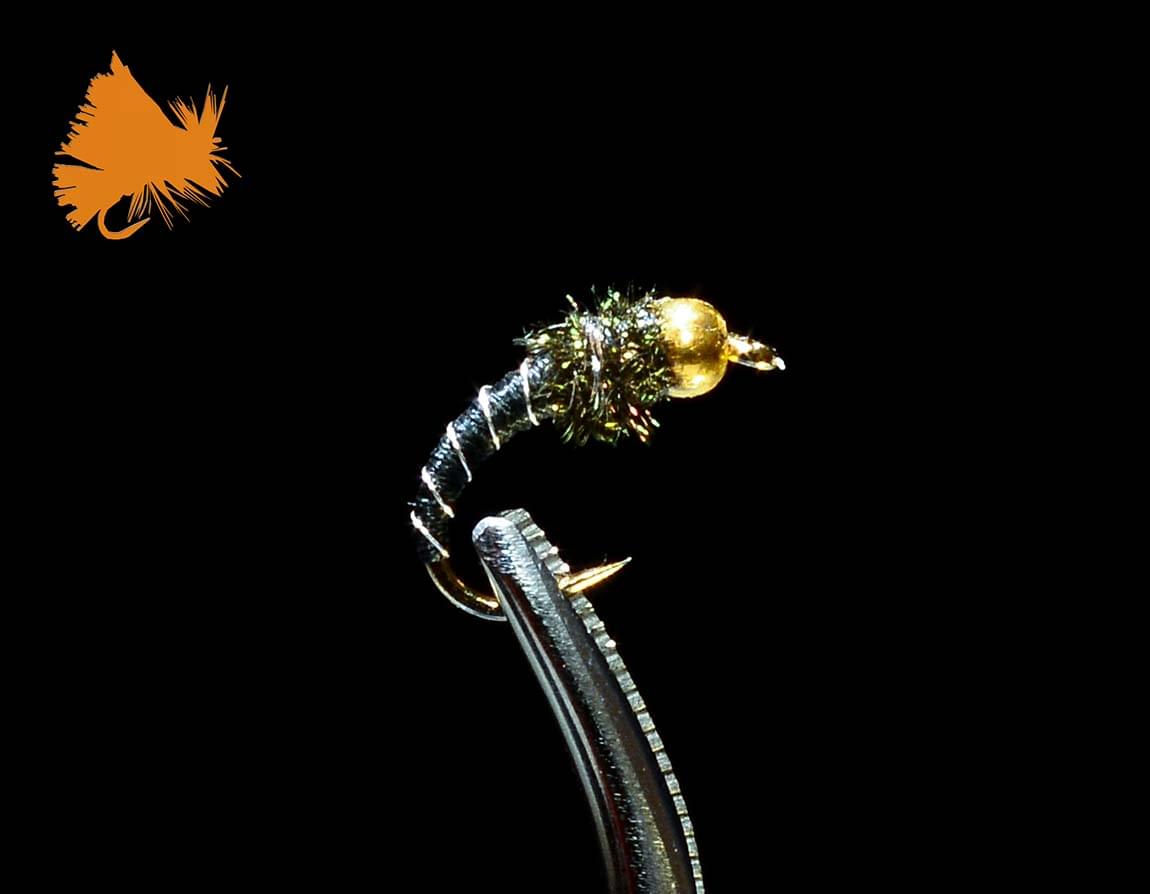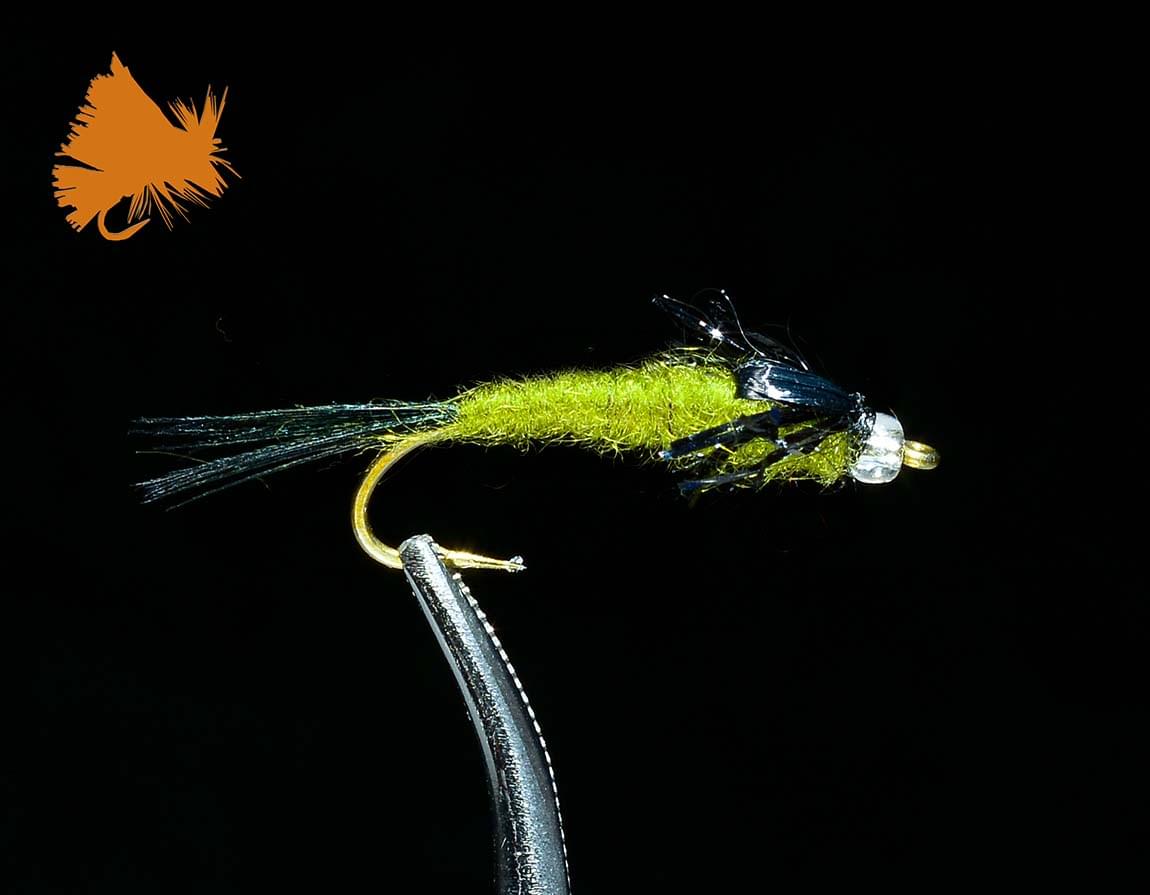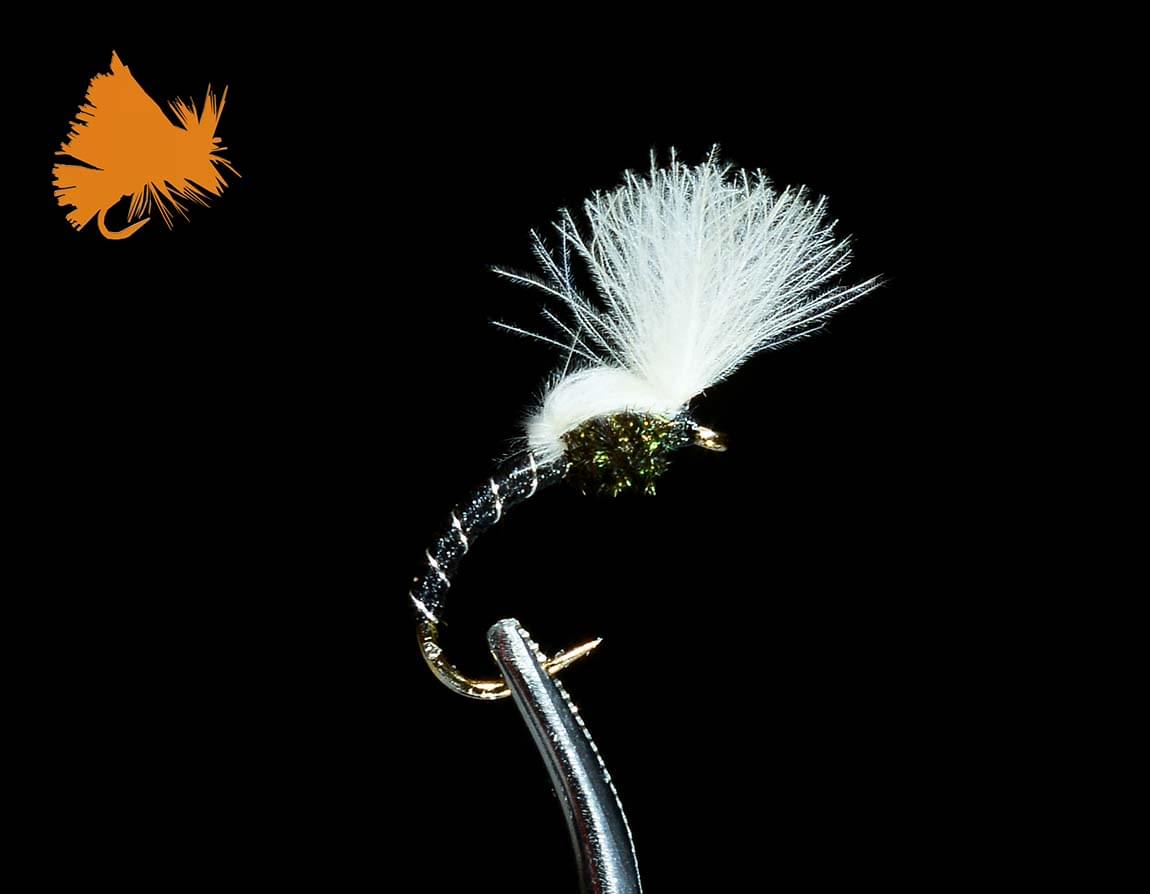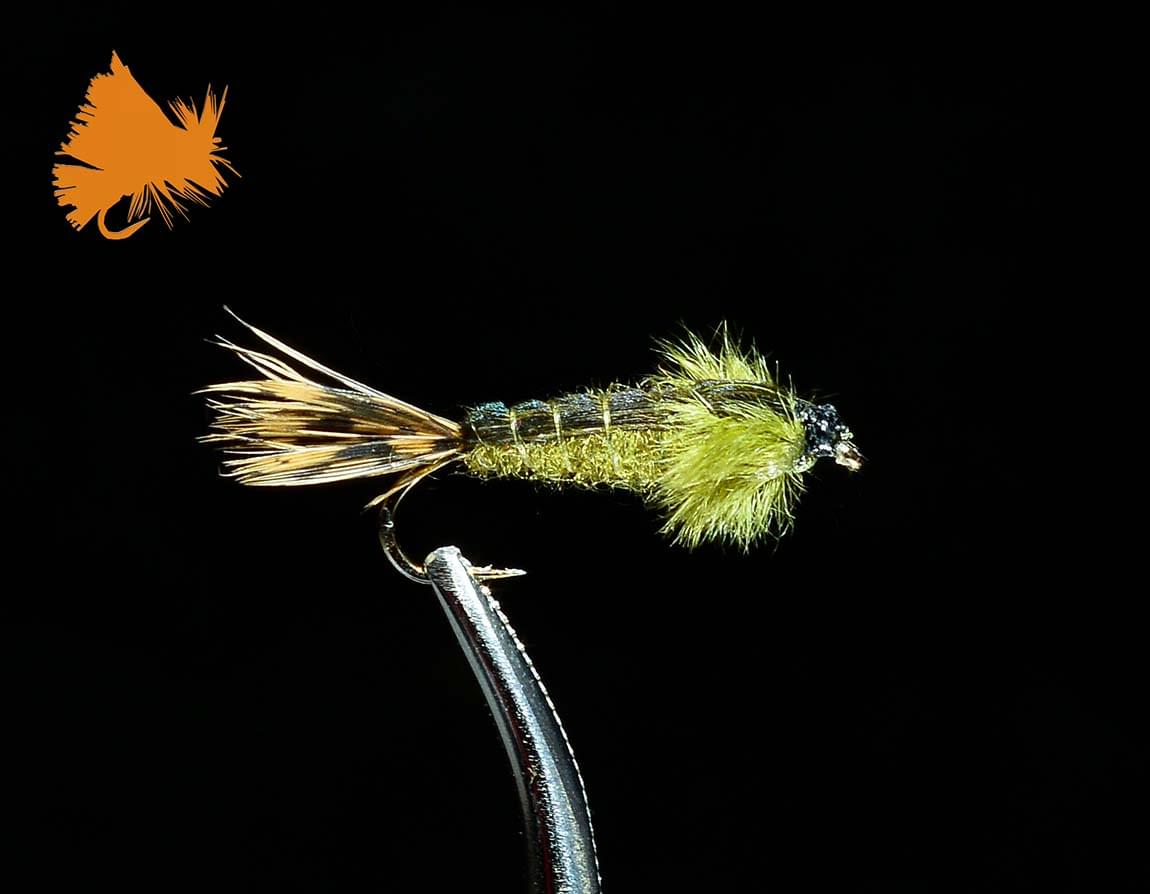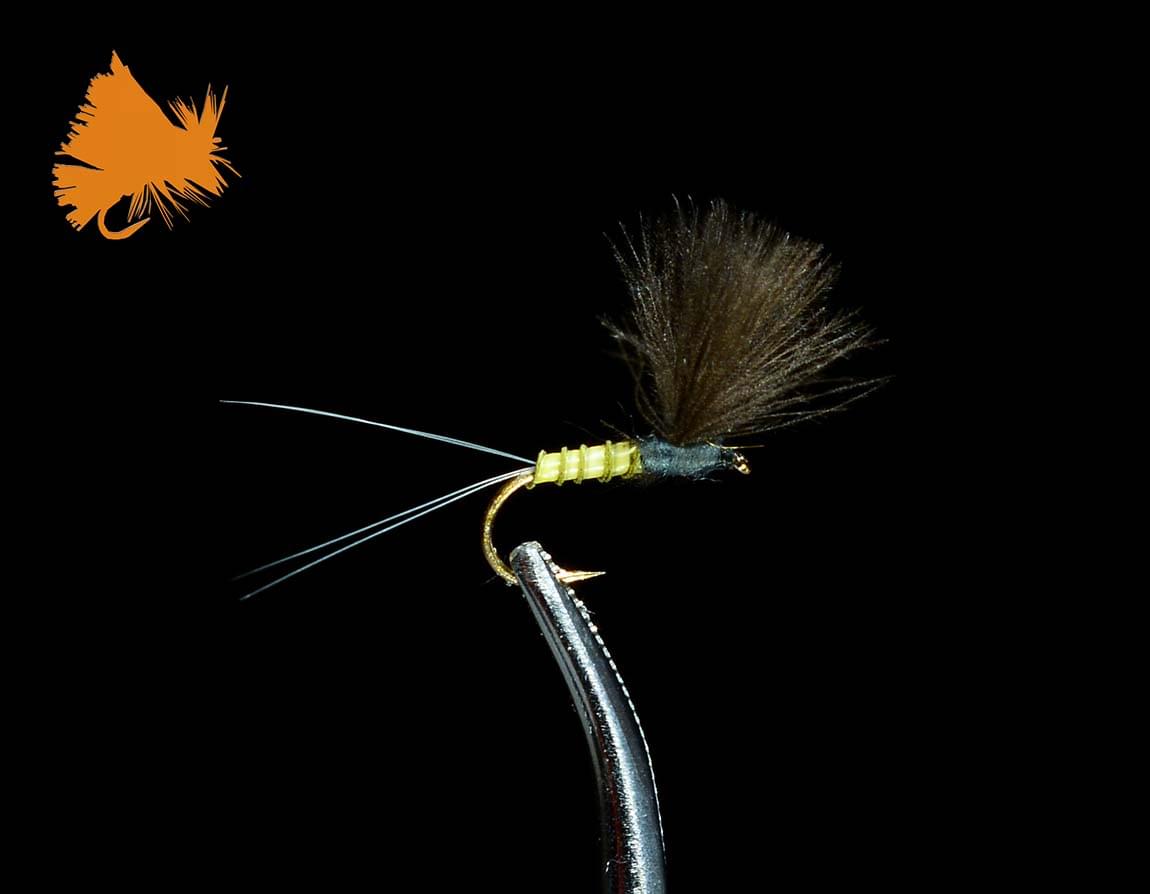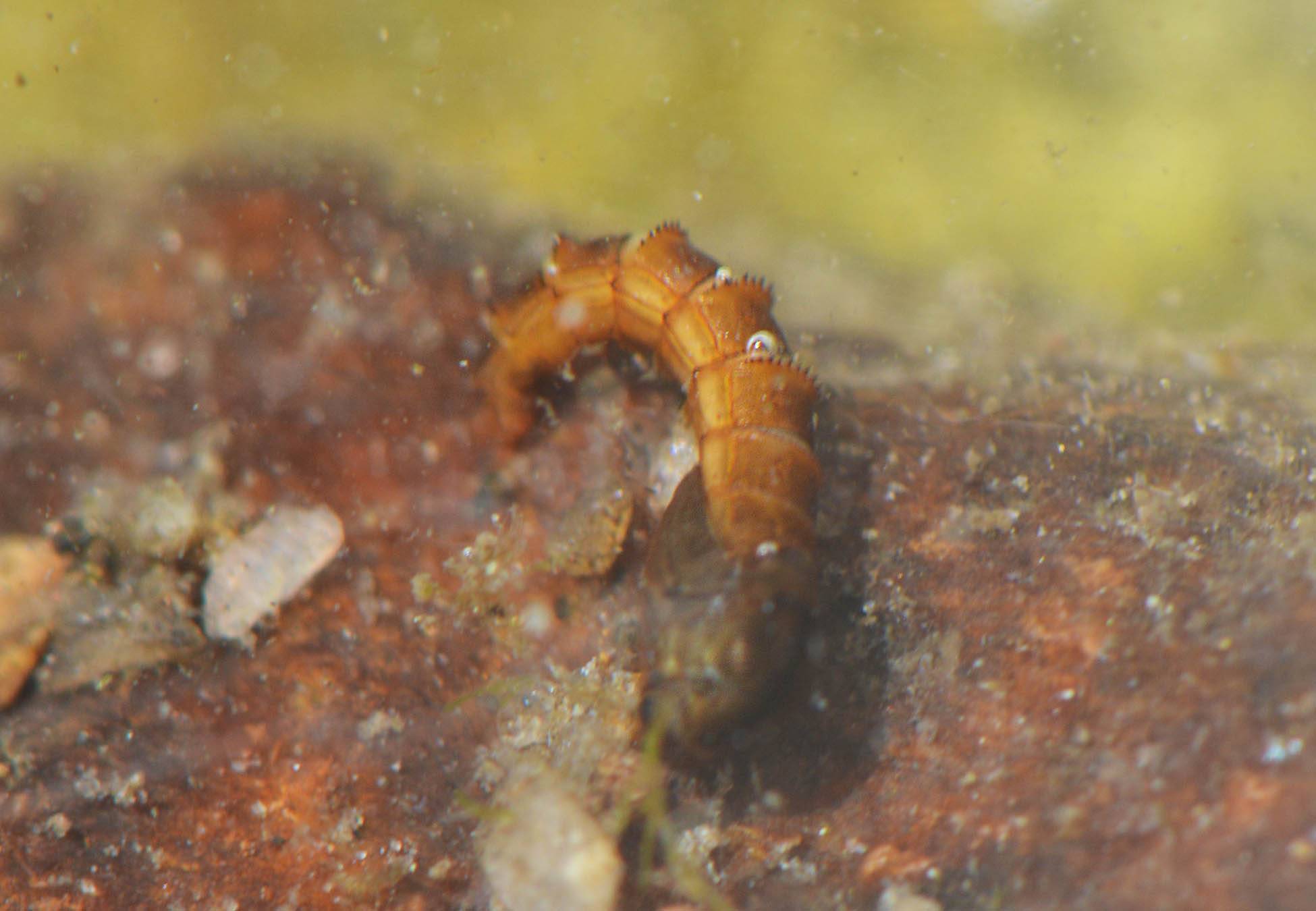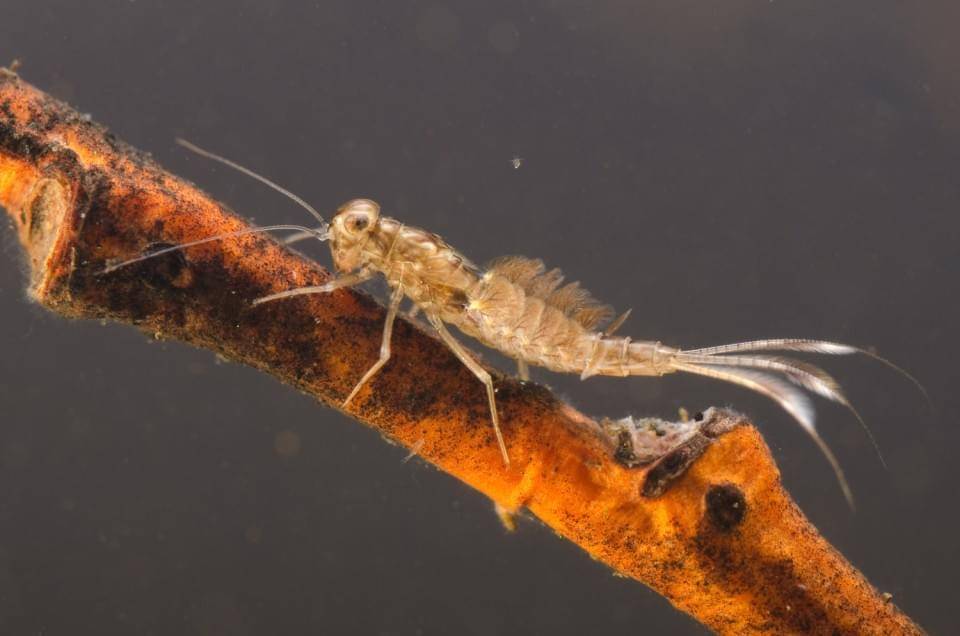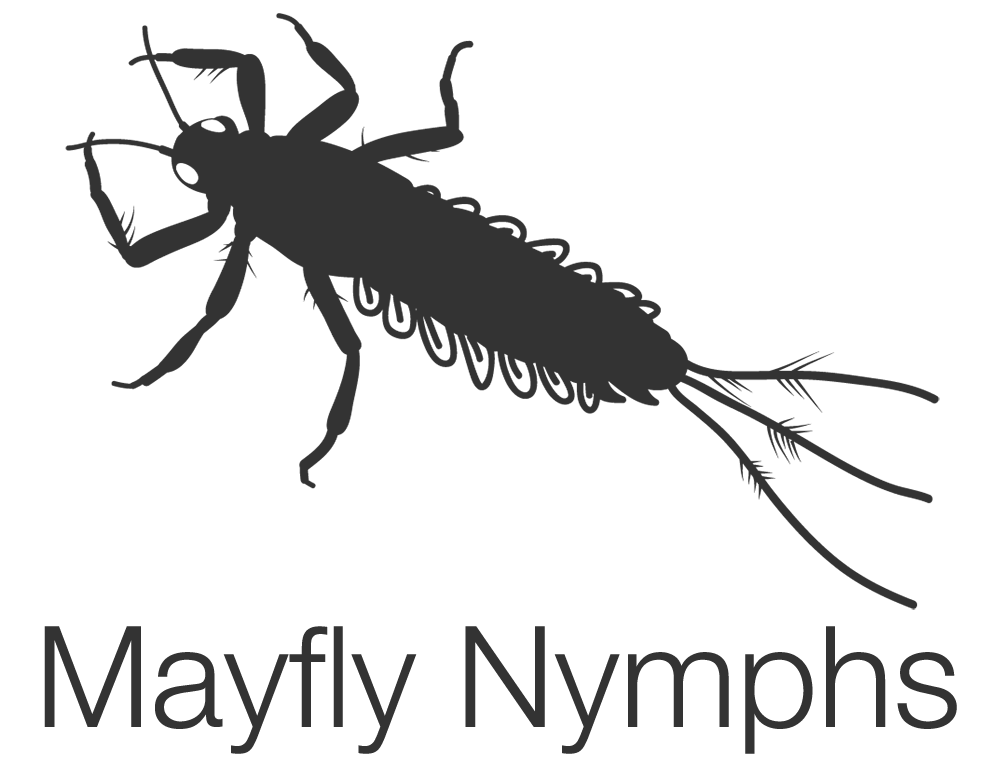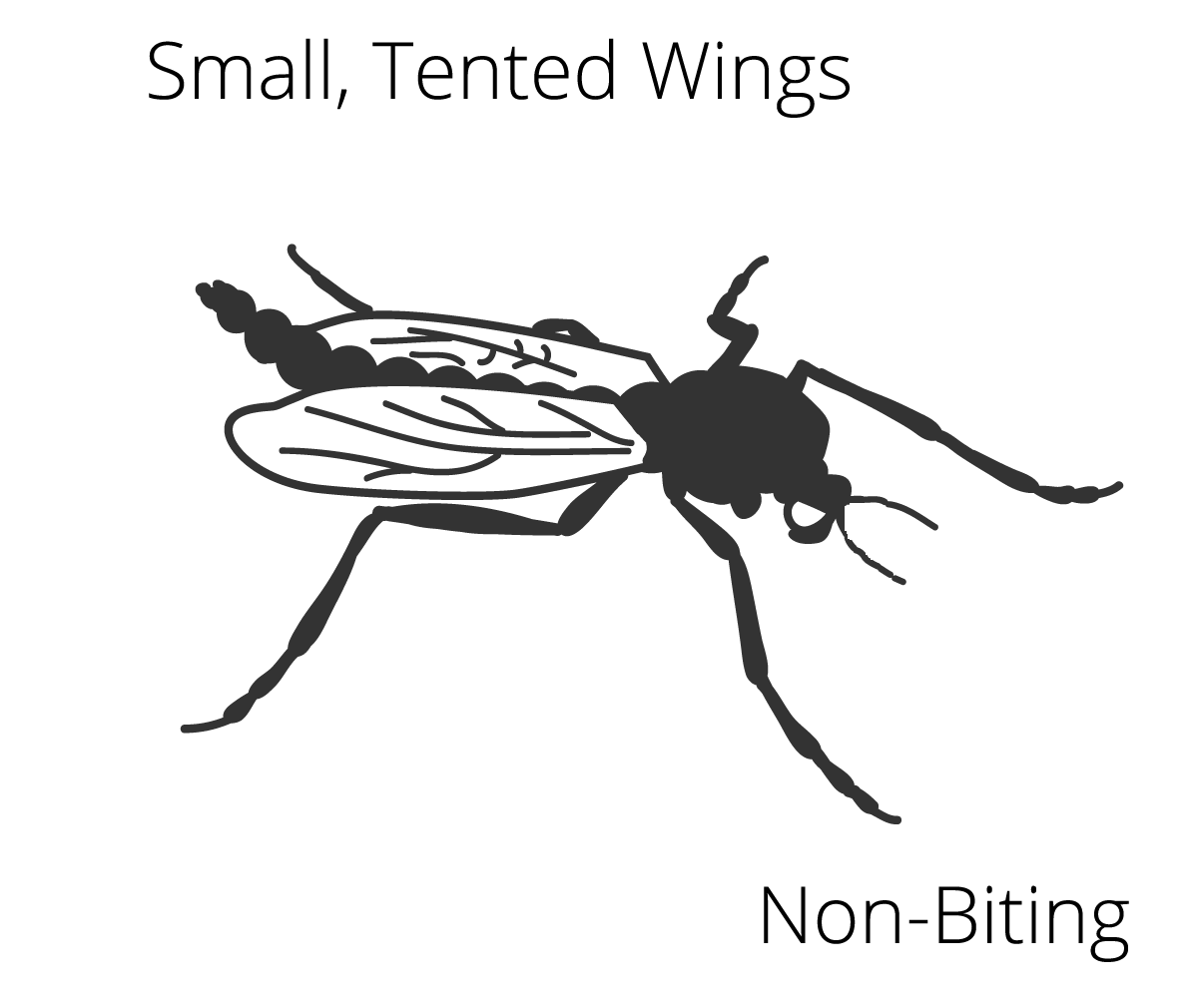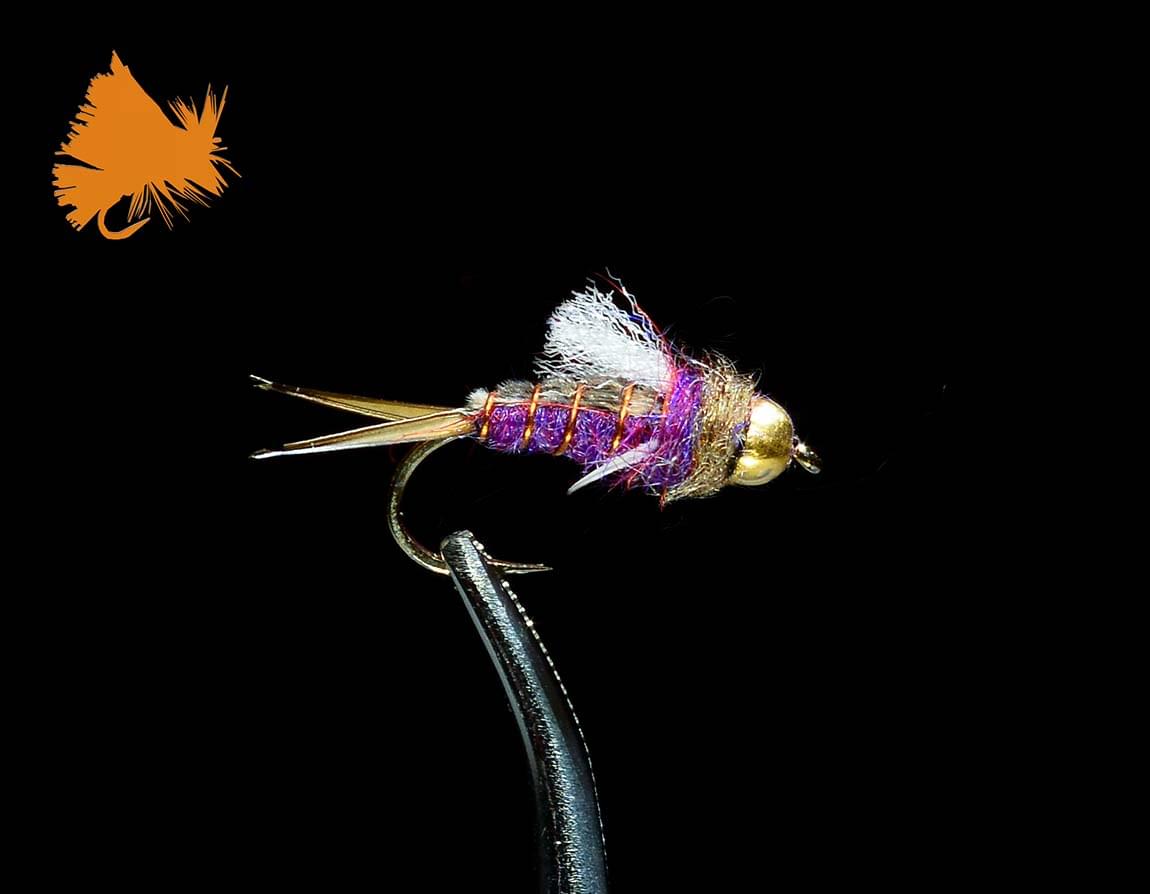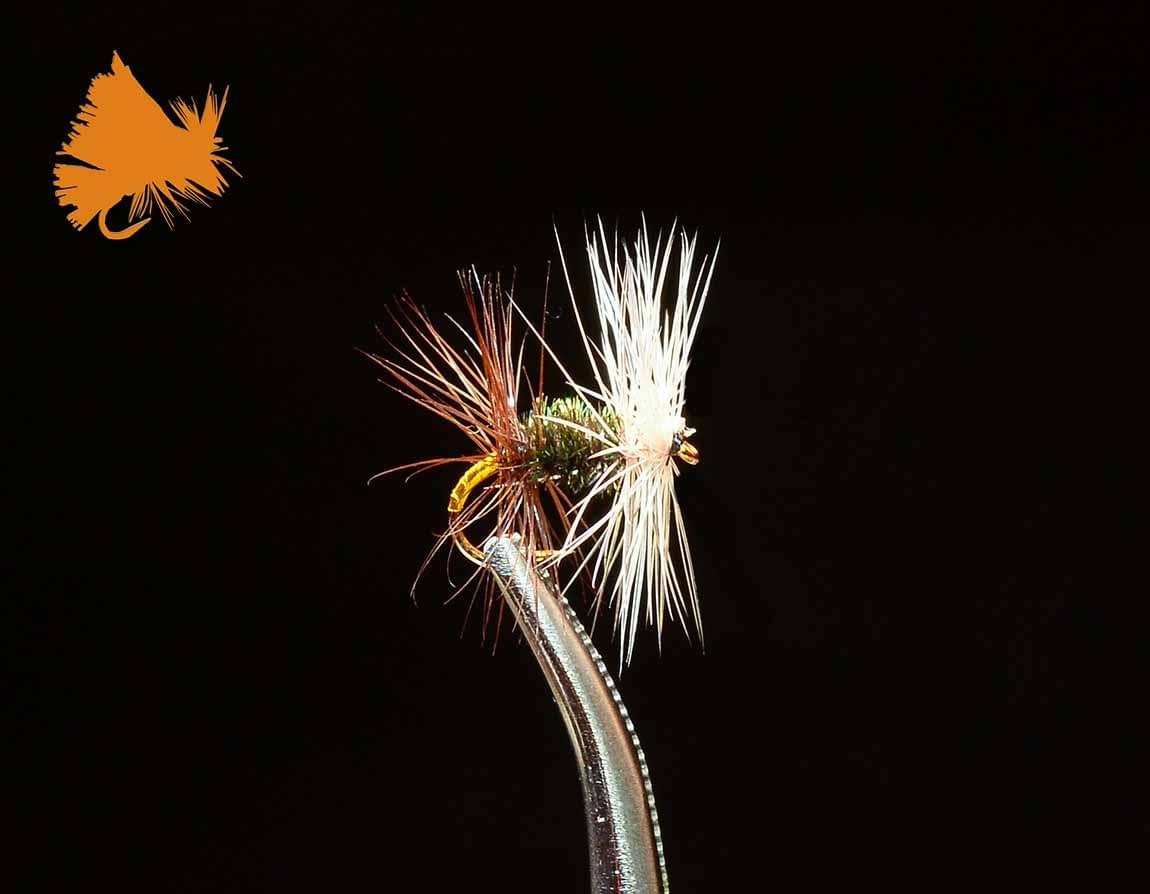Guide to Fishing Tricky Tailwaters
Catch More Fish on Fickle Waters
If you can catch fish in cheeseman canyon, you can catch fish anywhere. I know dozens of guides who hold true to this saying and I’ve experienced the same in my life. From the technical currents, the pressured fishing, and the ever changing fly selection needed to fool these trout, the fishing can be downright infuriating on this famous tailwater.
This same frustration holds true for a lot of tailwaters across the US and it’s for the same reasons as Cheeseman canyon exemplifies. Challenging presentations, delicate fly selection and fishing pressure create college-educated trout that are not going to eat the first thing thrown in front of them. They are going to take their time, examine your 6x presentation and give you the fish finger before you know what to do.
Not all hope is lost however, with practice, patience and knowledge you can conquer these tricky tailwaters with success. We’re going to outline three tips that have helped us catch more fish on tailwaters across the dozens of states we’ve fished.
Keep Flies Small & Imitative
Don’t go Showboatin’ on the Flies
There is so much food in tailwaters for trout. Due to the consistent flows and water temps year round, insect life is prolific and extended beyond what’s natural. For this reason you get tons of flies with short lifecycles. This makes for a heavy dosage of small insects in the water. While trout are normally opportunistic, in this environment, they have an abundance of food and instead, become selective in what they eat.
This is why so often you have fish “keyed” in on a certain pattern. The proliferation of that insect on that week or day makes all the difference for the trout. If that isn’t enough, there are so many that the trout select the choice morsels out of the insects in the water as well. This is tough luck for the angler and makes things much more difficult to select the correct fly to fool the fish.
Luckily for us, there is a solution. If we focus our fly selection on imitative flies and smaller sizes of these patterns, we can find more consistent success. There are search patterns that imitate a variety of insects, attractor patterns that are meant to attract the eye of fish and cause a reaction strike, and imitative patterns that are meant to mimic the exact fly in the water with as much accuracy as possible. We want to focus on the latter on tailwaters most times.
If the fish are eating black, size 20 midges, tie on a black, size 22 mercury midge. If fish are eating BWO emergers in size 16, tie on a size 18 flashback barrs emerger in olive. Get the most imitative pattern you can find, go one size smaller than the naturals and you’ll be impressed how many fish you hook into.
The last thing I will say is in certain water conditions and times of year, it may be beneficial to fish a flashback pattern. This is the same imitative pattern mentioned above but with a little flash on the back to imitate an emerging wing case or an air bubble which insects use to bring themselves to the surface. When given a large amount of food to choose from, a slight variation such as a hot spot or a flashback can make the difference in the fish choosing your fly over the naturals. This isn’t always the case, but you can feel confident in your fly selection to choose a natural imitation and the same with a flashback and between the two you will find success.
Imitative Fly Examples
Here are a few examples of very imitative flies. They are imitative because they imitate insect orders or species directly vs a pattern like a chernobyl ant doesn’t imitate anything directly but instead is an attractor pattern. Notice how these flies are naturally colored, and use materials that imitate legs and segmentation of natural insects? See the insects below and you can see the differences.
For more info on imitative, impressionistic, search and attractor patterns, check out our free guide on the 4 kinds of fishing flies.
Imitative Patterns
- BH Zebra Midge #16-20
- Mercury Midge Olive
- Mercury Baetis (BWO)
- Smokejumper Midge #18
- Improved Pheasant Tail
- Baetis Student - Baetis, BWO, Green Drake
Insects They Imitate
- Actual Baetis Nymph
- midge adults
Shorten Your Cast – Add Some Stealth
This will improve your presentation 10x
Leave your hero cast at home, the reality is that when nymphing, only 5 seconds or less of your drift is drag free and useful. This means that the 60 ft cast you just made upstream will not only be worthless by the time it gets down to you, but you will also be 5x less likely to set the hook with success with that much line out. Shortening up your cast can be the fastest way to catching more fish in a lot of situations.
Of course you can’t just stumble up on the fish splashing and knocking your wader boots around expecting to get 10 ft from the trout without spooking it. You’re going to have to be stealthy to get closer.
First off, I’d recommend in most streams you can cast across, cast no more than 25 ft upstream. In rivers you can’t cast across you can get up to 30 or 40ft based on the run and the distance away from you that you need to fish. However, most if not all rivers only require you to get 25ft or less upstream with a drift in order for your flies to get down into the strike zone nearby, setting yourself up for a hook set and a landed fish. Anything more than 25 ft upstream and you’re sacrificing line control and control of your drift more than you are gaining a longer drift. You might impress your friends that you can cast 50ft or 75ft upstream, but the fish are less than impressed and they’ll respond accordingly.
Now when it comes to approaching the section of river you wish to fish with stealth, you’ll want to avoid the things that scare the trout. Threat of being eaten is the biggest concern that will spook a trout and it’s in their DNA to react to certain signals. If you can avoid these signals you can get amazingly close to trout. I was able to use these techniques listed below to actually hand-catch a brown trout in new zealand, one of the most difficult places to stalk trout due to the water clarity.
Tips for Sneaking Up on Trout
The first items to understand is that fish don’t want to be eaten, so they pay attention to signs that mean there are predators nearby. The three main signals to trout are movement or shadows from overhead (eagles and birds of prey), ripples made in the water, and unnatural sounds in the water. The murkier the water, the easier it is to get close to trout as they feel more comfortable and are less worried about being eaten.
Pay attention to and avoid the three signals below and you should be able to get within 10-15 ft of nearly any trout.
Movement Overhead
Avoid making a shadow, getting in the line of sight of trout or casting a line over them. The slightest overhead movement can put a fish down, spook them and keep them from feeding or cause them to run upstream spooking every trout they pass in the process.
To avoid the movement overhead, watch your shadow and when you make your cast, don’t cast over fish, especially if they appear spooky. Some trout won’t care as much, but on a fickle tailwater, you’re likely going to find fish well aware that a line overhead means a hook in their mouth.
Ripples in the Water
If you haven’t learned from Lord of the Rings already, ripples in the water are a sign of danger. The trout know this (big lotr fans…) and they can get very spooked. This is noticeable in still or slackwater and you can see the fish scatter as you stumble into the water and cause the wake into the fish. Trout have strong lateral lines and the pressure of the ripple the water makes alerts them that something large (you) is in the water nearby. This in turn, sets them off and can cause them to stop feeding or even run off.
The most surprising fact is this happens in fast water too, but we can’t see it as well as we can in still water. This kinetic reaction happens regardless of the water speed and fish can still feel it. What prevents them from scattering as much in this water is they feel they are already in a place of safety. If they however, don’t feel in a safe place, you can bet that you bumbling through the water will spook them.
The best way I’ve found to track how much wake I’m making is based on the noise the water makes. Talk to your self in a normal voice as you walk up river. If you can’t hear yourself talking as you push through the water, you’re creating too much pressure and noise and likely spooking fish. In still water, a whisper is too much, in faster water, a normal volume voice is a good indicator. Take it slow and don’t rush your movements in the water. Water is denser than air and the kinetic reaction travels much further and faster because of it’s density.
Unnatural Sounds in the Water
Ever watched a go pro capture underwater footage in a river? When something hits the rock bottom it’s like a loud snap and crack throughout the microphone. Trout can hear this a ways a way. They now not all noise is bad, but unnatural crushing or rocks as you walk through the river is a dead giveaway.
The best tip I can give you here is walk in the water as little as possible and if you do, step heel to toe and be slow and quiet about your steps. You’ll get an additional benefit by walking slow too since you won’t fall in the river and soak your gear and iphone in the process :).
ABC – Always Be Changing
The Only Constant is Change
Adjust your depth, adjust your split shot, change your flies, try different water, different casts, and more. Trout are always on a pattern of some sort, it’s your job to figure it out on the river. This truth is even stronger on a tailwater as fish get even more selective. If you aren’t hooking up, it’s not because the fish aren’t eating, it’s because they don’t like what or how you’re fishing.
ABC comes from my sales background to always be closing, but with a small change it works great to help you remember to always be changing. Fish are in dynamic environments and we need to adapt to them. That truth is one of the most enjoyable parts of fly fishing and what makes it something you can do time and time again.
Don’t let yourself get talked into the fact that the fish just aren’t biting today or that none of the flies I have in my box are working. The truth is you’re struggling to figure out the pattern. The only way to figure it out is to spend some time observing and maybe even using a bug seine like the one in our online entomology course and making your best educated guess about the right presentation, fly selection and location of water to fish. You’ll know when you get it right most times, especially on tailwaters because the fishing gets hot fast and you start feeling like a pro.
The good news is tailwaters, even above other rivers, due to their consistency of environment, have even greater and more consistent patterns to fish behavior. This can make it harder to figure out, but once you do, you’ll find greater success. Be patient, but only to the point where you feel you have successfully tried a pattern, technique or location, then move on and try something new until you find the fish. The first fish will likely feel like luck, but as they always say, two’s a pattern.
Conclusion
If you’re struggling to catch fish on tailwaters, check out our tailwater fly assortment as well as our online entomology course. Equipped with the right flies and the knowledge of how to use them will rock your world and put you on more fish than you ever thought possible. People say I’m an expert because I catch 20+ fish most days I go out, but the reality is I”m a student of fly fishing and you, equipped with the right flies and knowledge, can be just as if not more successful than me. Try the assortments or the course and take your fly fishing to the next level.
Winter Fly Assortment
Regular Price: $119 | Sale Price: $79 + Free Shipping
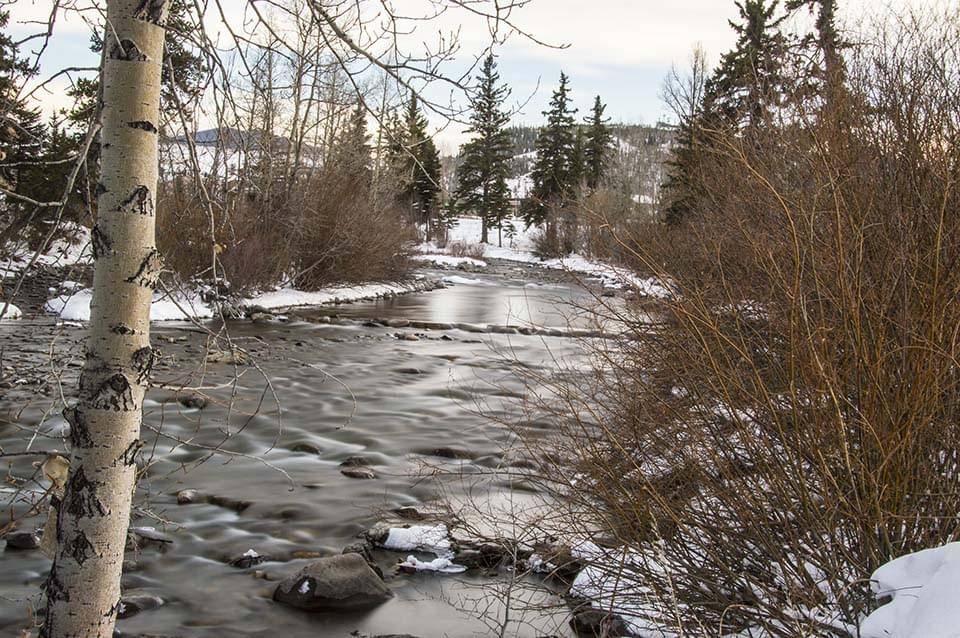
- BH Skinny Nelson
- Mercury Midge - Black
- BH San Juan Worm
- Psycho Prince
- CDC BWO Comparadun
- Renegade Midge
72 OF THE TOP FLIES FOR WINTER
Fish With Confidence This Winter
- Get the top producing trout flies for winter months
- Always have confidence with these fly patterns
- 72 flies – 6 different patterns, 3 sizes of each pattern (4 of each size)
- Any open water in winter, these can catch you fish

